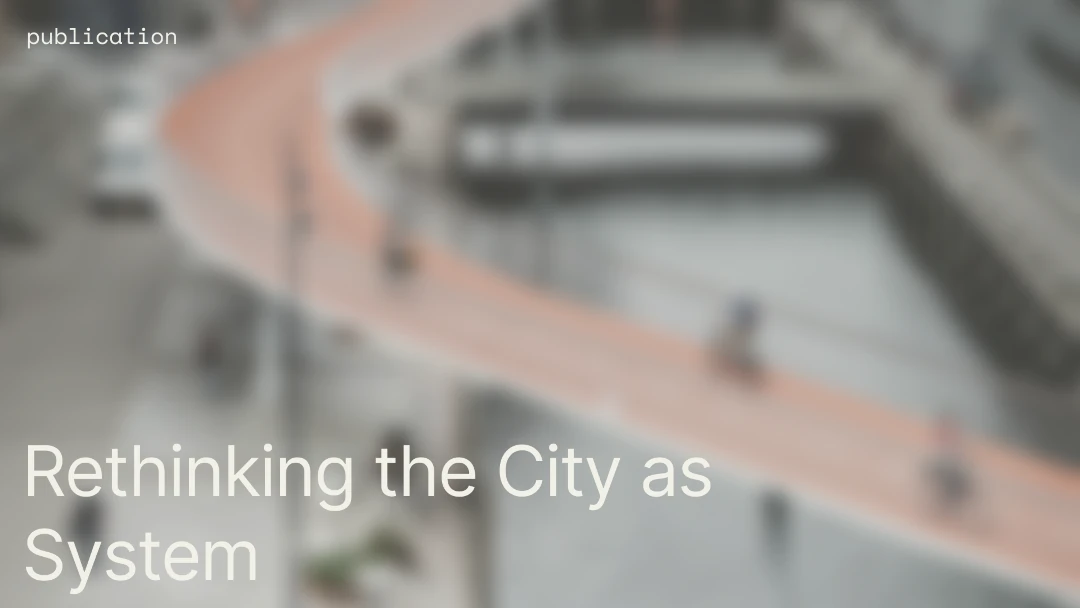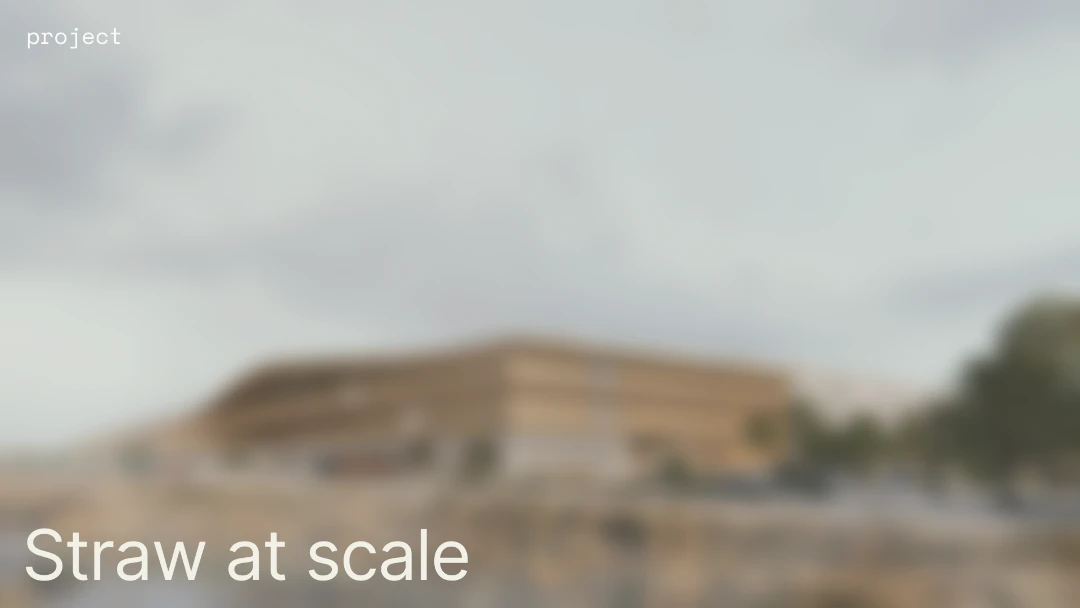
Henning Larsen Architects and Nordic developer NREP have partnered on an ambitious “earthshot” multi-storey residential project that pushes the boundaries of Denmark’s low carbon standards.
The project offers open-source solutions for best practice low-emission construction, featuring assemblies designed for optimal disassembly.

Situated in Arles, France, LUMA Arles is an ambitious cultural complex consisting of multiple buildings where symposia, exhibitions, and workshops are regularly hosted. Created in 2013, it features an impressive central building, the Arts Resource Centre, designed and developed in collaboration with Canadian architect Frank Gehry. From its conception, LUMA Arles was meant to function as an interdisciplinary hub, to foster innovation and collaboration between artists and the local public. In the years since its creation, however, LUMA Arles has expanded its scope beyond just artistic exploration.
How can art, architecture, and the environment coexist? How can they thrive together under the banner of innovation and collaboration? These questions are the base for LUMA Arles’ latest project, Lot 8. The project was developed under the Atelier LUMA program, and was conceptualised as a long-term study on bio-regional architecture, guided by principles of locality and sustainability.
In the 19th century, before LUMA Arles’ acquisition of the land, Parc des Ateliers was an industrial complex dedicated to the construction and repair of locomotives. After 1984, with the winding down of operations in the area, the site fell in disuse and the buildings left abandoned. This meant that when the LUMA foundation decided to use it as the centre of their cultural hub, the previous buildings on the premises were in dire need of renovation.

That is how Lot 8 was born. Instead of simply demolishing the existing structures and building new ones from scratch, LUMA Arles decided to dedicate its resources to plan and execute a careful renovation, bringing the original buildings back to life. One of the most recent restorations has involved Le Magasin Électrique.
Le Magasin Électrique is an industrial warehouse part of the original lot of industrial buildings. The preparatory work before the renovation had started already in 2016, with the LUMA Foundation partnering with BC architects & studies and Assemble to explore alternative and innovative routes to renovate the space with minimal negative impact on the surroundings. The idea was to lead the renovation using special care, for the environment and the local communities, not only by limiting the amount of resources used but also by having a positive impact on the Arles’ community.

Every aspect of the building, from the plaster on its façade to the embellishments on its outlets, reflects the team's dedication to using sustainable and local resources. Structural elements, such as walls and partitions, were produced using surplus soil, minerals, and agricultural byproducts. The acoustics and interior finish were achieved with panels made from sunflower fibres, rice straw, and soil from the bio-region. Even the terrazzo flooring, bathroom tiles, glazes, door handles, and light fixtures are the result of years of research into algae, salt, bioplastics, soil, and enamel, all produced in collaboration with local partners.

This meticulous research into low-impact, bio-based materials had begun already in 2016, 3 years prior to the renovation of Le Magasin Électrique ,with LUMA looking into the local available resources. In 2017, a workshop involving students from the Design Academy Eindhoven, explored the viability of turning local plants and algae into pigments to create new dyes, inks, and paints.

Salt is another material part of LUMA’s material research. Taking advantage of the local salt industry located in Giraud, LUMA developed alternative uses for salt, such as their impressive cladding panels made from salt crystals. The techniques used to achieve this new implementation of salt was developed in collaboration between Atelier LUMA and the local salt manufacturers of the Camargue salt marshes.
Since then, the Atelier’s explorations in new bio-based materials have never ceased. As Jan Boelen, artistic director of Atelier LUMA, recently mentioned in an article by the Guardian.
"We call it bioregional design. We need to move from globalised, extractive supply chains towards regional ecosystems of materials that help regenerate the environment. Where others might see waste, we see opportunities.”
Following workshops and exhibitions held in 2018 and 2019, LUMA has developed a range of vegetable dyes, bioplastic textiles derived from microalgae, and window panes made of recycled bioplastics and minerals.

The new Magasin Électrique serves now as a workspace for the team. It includes a bio-lab, workshops for wood, ceramics, textiles, and DTP, office spaces, a dye shop, a material testing lab, and a functional plant garden with an experimental water treatment and localised underground irrigation system. The building's central space, the Agora, is used for temporary exhibitions and public events.
The evolution of the renovation project was captured in a film by designer and director Alexandre Humbert over the course of three years. The film offers an intimate perspective on a building in continuous adaptation, presenting a close look at the materials, processes, and construction challenges of the 21st century.

As a testament to its sustainable design, Le Magasin Électrique has earned the Gold Bâtiments Durables Méditerranéens (BDM) label in its design phase, a certification that evaluates the environmental, social, and economic aspects of a project from conception to use. The BDM Gold label will become permanent after two years of operation, provided the objectives validated during the design phase are met.
With their thorough material researches and their innovative approach to renovation projects, Atelier LUMA has proved once more the key role that locally sourced, bio-based materials will play in the built environment. The future of our planet hinges on our ability to reduce our carbon footprint and the construction industry still has a long way to go in its sustainable transformation journey. As such, the use of bio-regional materials should no longer be just a niche concept, but a necessity. By prioritising local resources and biomaterials, we can minimise embodied carbon, transportation emissions, and boost local economies. LUMA Arles' commitment to these principles provides a blueprint for others to follow. We are standing at the precipice of a new era in construction and architecture, one that is conscious of the impact it has on the planet, supports local communities, and beautifully intertwines art, architecture, and environment. LUMA Arles' Lot 8 project gives us a glimpse into this promising future.




























